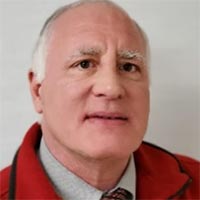Water Damage Restoration
American Mold Products Signs First Distributor
Distributor serves Atlanta Metro area; company looks to continue growth
May 5, 2016
Special Section: Prepping for Disaster
Flood Losses: Top 10 Things Restorers Must Know when Handling FEMA Claims
Read MorePrepping for Disaster Special Section
Case Study: Surrounded by Water
Category 3 water, kayaks, & a trailer
Read More
Ask Annissa: The 4 Biggest Mistakes Restorers Can Make
Your reputation is far-reaching, so it's important to avoid these faux-pas
Read More
The Important Place of Mold Stain Removers in the Remediation Industry
Answering four major questions about this popular industry product
Read More
Stay ahead of the curve with our eNewsletters.
Get the latest industry updates tailored your way.
JOIN TODAY!Copyright ©2025. All Rights Reserved BNP Media.
Design, CMS, Hosting & Web Development :: ePublishing












